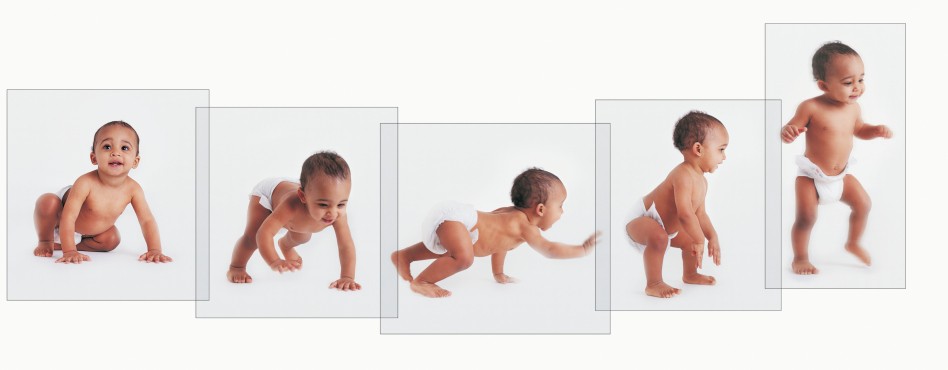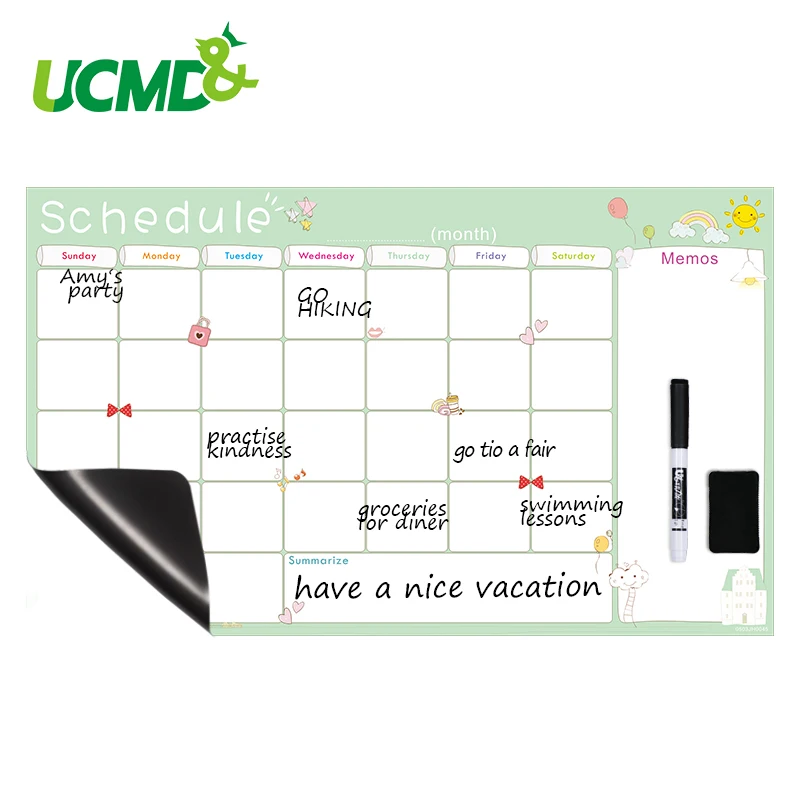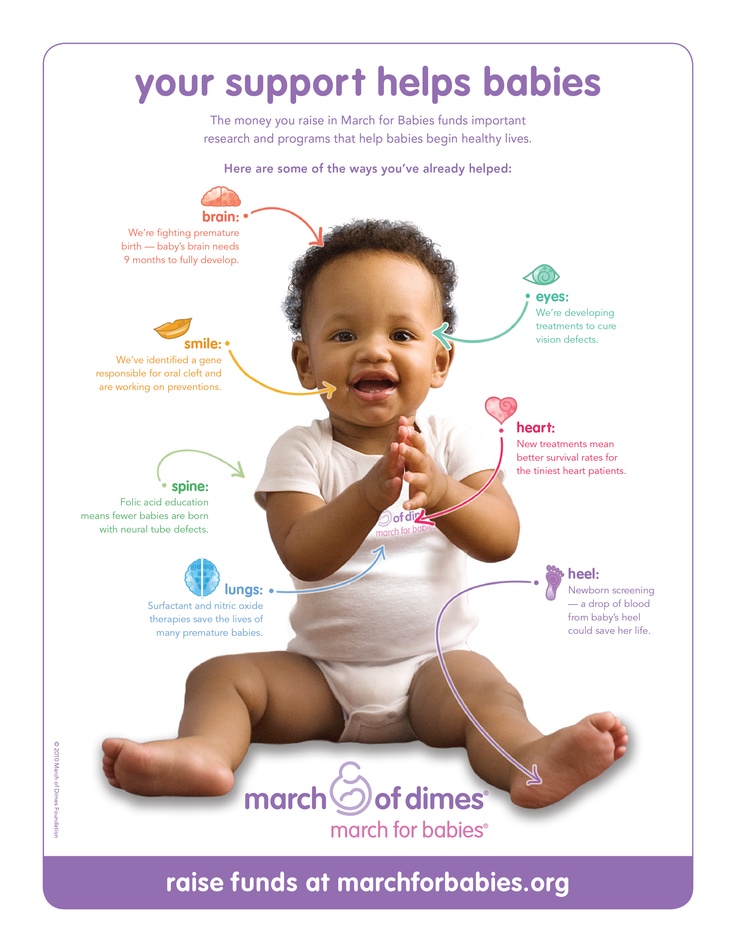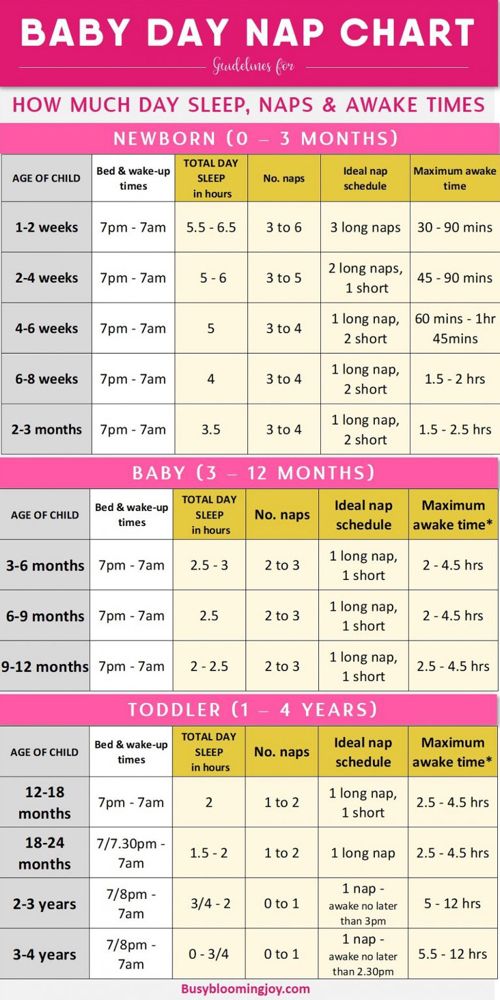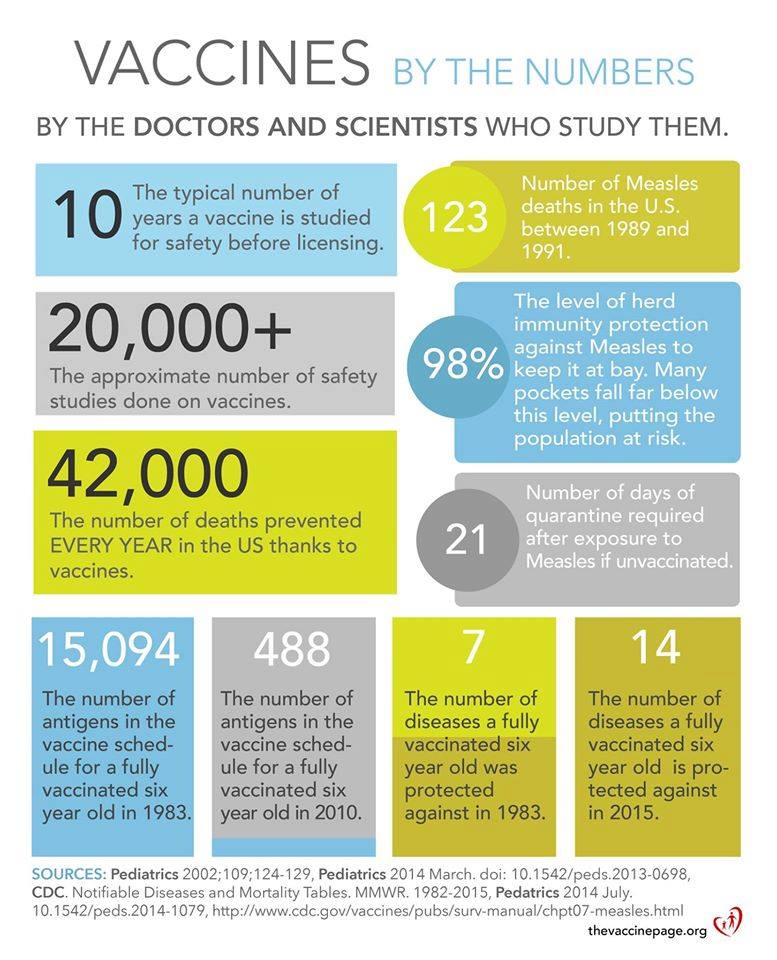How to help a baby start crawling
12 Tips To Help Your Newborn Learn To Crawl
There are a number of important milestones that your baby will reach early in life. From simple tasks like sitting up or lifting their head to more advanced movements like rolling over, these little achievements are always heartwarming. But there’s nothing quite like witnessing your baby crawling for the first time!
In this post, we’ll explain everything you need to know about baby crawling. We’ll tell you when you can expect to see your baby crawl, and we’ll give you 10 simple ways you can help your little one reach this milestone!
When Do Babies Start To Crawl?
Many parents are anxious to see their baby crawl and closely monitor their baby’s developments. Of course, there’s absolutely nothing wrong with that! However, it’s important to remember that all babies are different and follow a different development path.
Also, it’s important to remember that rolling over comes before crawling.
Rolling Over
Some newborns may start rolling over early on but take a long time to begin crawling. Other infants may be late to start rolling over but begin to crawl and walk soon thereafter. Each child is unique.
Generally speaking, babies begin rolling over at around three to five months old. Your baby might roll over from their back to their tummy or vice versa, or they might simply do a half-roll onto their side. Whichever way your baby rolls, it’s an accomplishment to be celebrated!
As far as safety is concerned, once your baby gets the hang of rolling over, they’re mobile and can probably get where they want to go! Even if they aren’t standing or crawling yet, you’ll probably need to do a bit of babyproofing and tidying up.
But one of the biggest things to keep in mind is that you should never leave your baby alone on the changing table. This even goes for babies who haven’t rolled over yet since you can never quite know when they will make that first flip.
So, when changing your baby’s diaper, gather all of the supplies you’ll need ahead of time and always keep a hand on your baby.
Expert tip: Opt for diaper wipes and cream with natural and organic ingredients, like Mustela’s Diaper Cream with Olive Oil and Aloe.
Crawling
Most babies begin to crawl somewhere between six and 10 months of age. As with rolling over, there are several different ways in which your baby might begin to crawl.
For instance, your little one may start to wiggle across the floor on their belly. Or they may push themselves around with their legs. Others still may use their arms to pull their tiny bodies around. There’s no right or wrong way to crawl!
It’s also important to note that there is no conclusive evidence that babies who crawl earlier in life become smarter, stronger, or healthier later in life.
Some research suggests that infants who start crawling earlier on may develop stronger motor and sensory skills as children. However, other research finds the complete opposite—that there is no link between early developmental milestones and cognitive abilities in children ages six to 11.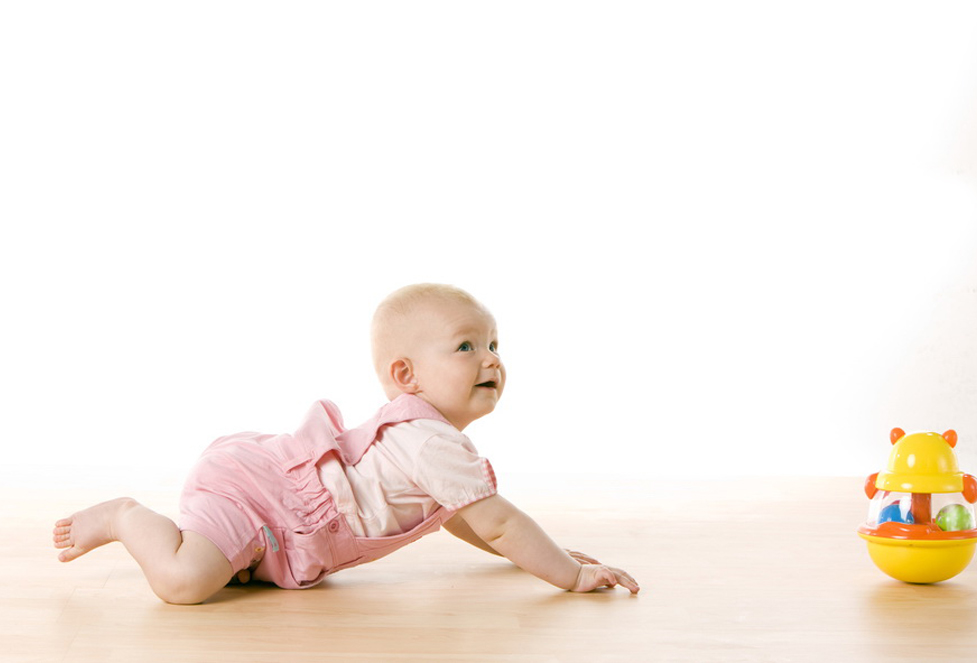
The moral of the story is this: you don’t need to worry if your baby is a late crawler! Just keep giving them plenty of TLC and follow the 10 tips below.
12 Tips To Get Your Baby Crawling
Whether your little one is still a newborn or has reached the six-month mark and is already rolling over, you’re probably anxiously awaiting the day your baby starts crawling!
Here are 12 great ways to help your bundle of joy along their developmental path.
1) Give Your Baby Plenty Of Tummy Time
One of the most important things you can do to help your baby’s muscles develop is to give them plenty of tummy time. Put simply, this is just time that you allow your baby to spend on their tummy.
This position is beneficial for the muscles in your baby’s arms, legs, back, and neck—all of which help your baby crawl. Tummy time often works best in your baby’s room or nursery so that they can have a personal space in which to feel comfortable.
The important thing to remember about tummy time is that it should always be supervised by you or another adult. And tummy time is only for your baby’s waking hours! You should always put your baby to sleep (for both naps and nighttime) on their back.
And tummy time is only for your baby’s waking hours! You should always put your baby to sleep (for both naps and nighttime) on their back.
Now that we’ve covered that, let’s talk about the when and where of tummy time.
When To Have Tummy Time
First of all, if you’re reading this article before your little one has come into the world, plan on starting tummy time as soon as you get home from the hospital.
Newborns can do three- to five-minute sessions of tummy time three or four times a day. This increases to 15 to 20 minutes at a time for three-month-old babies and 20 to 30 minutes for six-month-olds.
As we mentioned, tummy time should be done when your baby is awake and, ideally, in a good mood!
Where To Have Tummy Time
As far as where to do tummy time, that is mostly up to you.
Especially for little babies, you can easily set them on your lap or lie down and place them on your chest for a few minutes of tummy (and bonding!) time. Or, simply lay a clean towel or blanket on the floor and place your baby there.
Or, simply lay a clean towel or blanket on the floor and place your baby there.
Regardless of where you and your baby are, make tummy time enjoyable! Get on the floor with your little one, bring toys, or talk and sing to them.
And don’t forget: If you take your baby outside for some fresh-air tummy time, provide sun protection and apply sunscreen if needed. Give your baby’s skin the best of the best with a mineral sunscreen such as Mustela’s SPF 50 Mineral Sunscreen Lotion.
2) Encourage Your Baby To Play With Their Hands Elevated
Another way to help your baby’s muscles grow is to have them play with their hands elevated. Try putting their arms on top of a pillow or stuffed animal during tummy time.
You can also encourage them to put their hands onto elevated objects (e.g. furniture or toys) while they’re sitting down. Just be sure to supervise so your baby doesn’t fall over!
3) Lift Your Baby Off The Floor
Getting your baby ready to crawl is all about strengthening their pint-sized muscles! Help your little one get a leg workout by lifting them off the floor just a bit.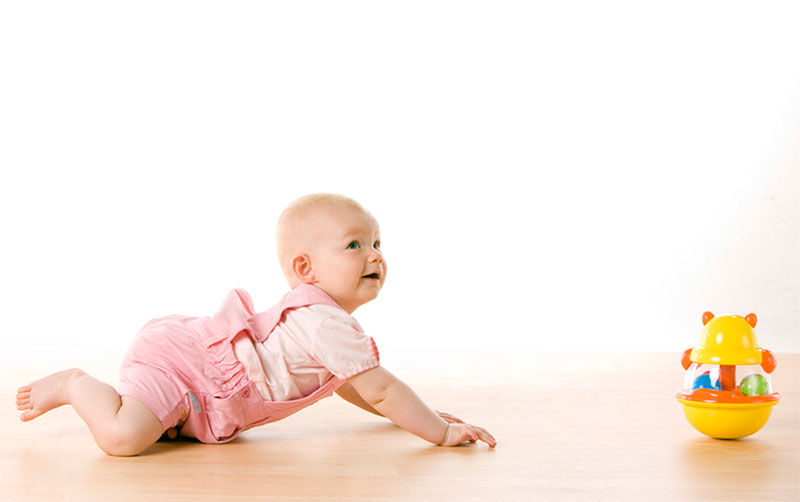
You can pick your baby up by the arms or armpits just enough to support their body weight but not so much that their feet leave the ground. This allows your baby to practice the motion of walking and will help strengthen their legs.
4) Let Your Baby Play In Front Of A Mirror
A mirror is a great addition to tummy time. Take advantage of your little bundle of joy’s natural curiosity, and let them play in front of a mirror!
They will want to investigate their own reflection, which will lead to holding themselves up and reaching out toward the mirror. These movements will help get your baby crawling in no time!
Setting up a special area that motivates your baby to move around can go a long way in helping them to start crawling. A mirror that is carefully placed on the floor can be part of this space.
The area should be safe and hazard-free but, even still, you should always supervise your little one.
In addition to a mirror, toys can be great motivators.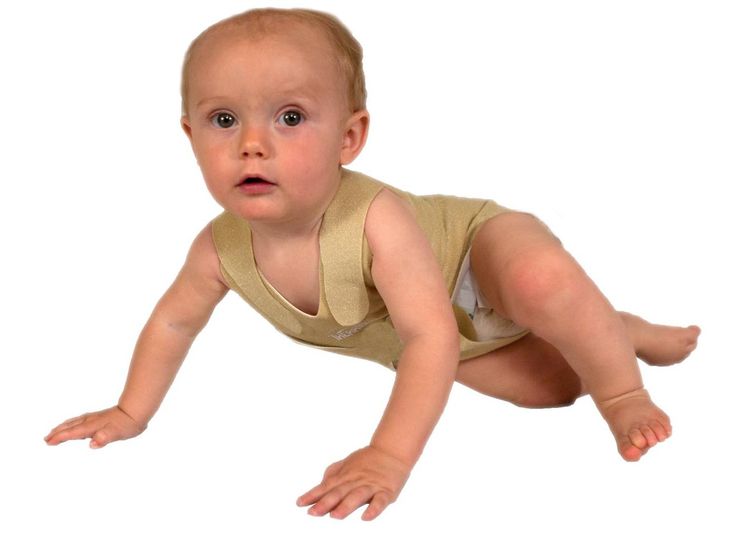 That brings us to our next point.
That brings us to our next point.
5) Use Toys To Encourage Crawling
Nothing gets people moving like a little reward! The same is true for babies; they just need the right incentive. Place your baby’s favorite toys—or a brand new one—in front of them during tummy time.
You can place toys just out of their reach during playtime, too.
Put your baby in a sitting position on the floor and set toys in front of them, slightly to the right or left. These toys should be barely out of their reach—far enough so that your little one has to move around to get them but not so far that they get frustrated!
Play tunnels are also a great way to encourage crawling, and they don’t have to be fancy! You can buy your little one a play tunnel or you can make one by putting a blanket over a couple of kitchen chairs.
6) Take Your Baby Out Of Supportive Devices
Strollers, high chairs, car seats, and walkers are all essential items for your baby. However, they can actually impede your baby’s muscular development.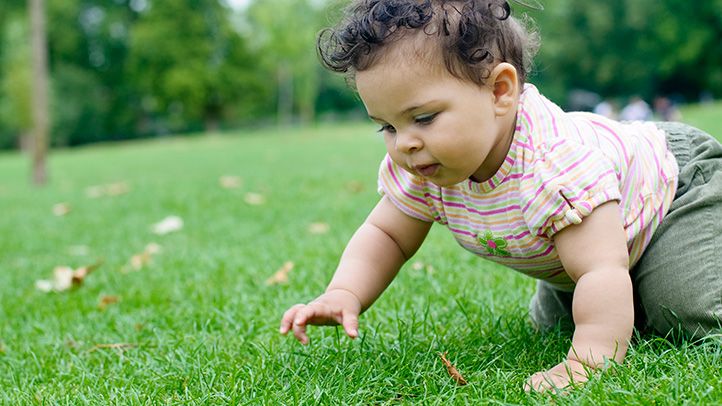
Because these items provide so much support, your little one isn’t forced to use their own muscles to support their weight. This can lead to delayed development, so be sure to limit time in supportive devices.
7) Allow Your Baby To Play On All Sides
During playtime, try moving your baby into different positions and allowing them to play on all sides. An even mix of right side, left side, back, and tummy will help your little one’s body become strong and healthy.
8) Hold Your Baby In A Crawling Position
To get your baby crawling, allow them to practice! One great way to do this is to lie next to your baby and support their abdomen while they are on all fours.
Gently hold most of your baby’s body weight while still allowing their hands and feet to touch the ground. This will get them familiar with the feeling and movements of crawling.
9) Crawl With Your Baby
Sometimes little ones just need a good example to follow. That’s right, we’re talking about you getting on the floor and showing your baby how it’s done!
Make crawling around part of playing with your baby, and after a while, they just might end up imitating what you’re doing! If you have an older child, this is also a great way to get them involved in playing with your new baby.
Another idea is to get together with other moms and babies for playtime. The little ones who are already crawling can help show your baby the ropes.
Plus, some mom time for you definitely never hurts!
10) Don’t Make Your Baby Work Too Hard
Remember to be patient and have fun with your loved one! If your baby becomes agitated or starts crying during playtime, it’s OK to call it off. Just put them on their backs, hold and rock them, or let them get some sleep.
It’s important for your baby to have positive associations with tummy time and crawling practice! So don’t force your baby to do it when they aren’t enjoying it, and always give your little one lots of affection after crawling exercises are over.
11) Give Your Baby A Massage
You can also help your baby’s muscles grow big and strong by something as simple and relaxing as giving them a baby massage.
Many parents make a baby massage part of the bedtime routine or give their little one a massage right after bath time. Baby massage can provide benefits like reducing gas in colicky infants and promoting a healthy immune system.
Baby massage can provide benefits like reducing gas in colicky infants and promoting a healthy immune system.
But when it comes to your baby crawling, regular massages can help because they move your baby’s muscles and get blood flowing as well as increase your baby’s awareness of their body’s position and movement.
To give your baby a massage, start with a natural baby oil, like Mustela’s Baby Oil. This hypoallergenic oil is composed of 99% plant-based ingredients and is enriched with an elixir of Pomegranate Seed Oil, Sunflower Seed Oil, and Avocado Oil.
It blends effortlessly into your baby’s skin, creating the ultimate soothing and comforting massage experience for your baby!
We also recommend our Melting Massage Balm, which is designed to moisturize and nourish your baby’s skin, leaving it supple and soft.
To learn more about how to give your little one a massage, check out our article here.
12) Always Put Safety First
Last, but most certainly not least, always put safety first! You can start by babyproofing your house.
With your little one rolling around and nearly crawling, it’s a good idea to babyproof now. You’re on the brink of a whole new phase!
This means removing small items from the floor, keeping cords out of reach, locking cabinets and drawers, covering electrical outlets, and so much more. The best thing to do to see what your baby might get into is to get on your hands and knees and take a look around.
Keeping the floor clear and clean is another thing to keep in mind now that your baby is mobile. And we’re not just referring to picking up choking hazards. A dirty floor may lead to irritated skin or a little baby rash.
If your baby does develop a rash or dry skin, make sure to use safe, gentle baby skin care products.
Soothe your little one’s sensitive skin with Mustela’s fragrance-free, EWG Verified Very Sensitive skincare line. Clean your baby up with Certified Organic Water Wipes with Cotton and Aloe and moisturize with Soothing Moisturizing Body Lotion.
Our ultra-soft wipes are specially formulated to clean your baby’s face, body, and diaper area while providing relief for irritated skin.
And you can count on our Soothing Moisturizing Body Lotion to protect and relieve your baby’s sensitive skin as it penetrates effortlessly and delivers immediate and long-lasting moisturization.
(Hint: Interested in certified organic skin care for your little one? Check out our organic products!)
Finally—and it’s worth repeating a million times—never leave your baby unattended, even just for a minute.
What To Do If Your Baby Doesn’t Start Crawling
If your baby isn’t crawling by the seven- or eight-month mark, you may become concerned. But remember—there is no solid evidence that babies who learn to crawl at older ages have any other developmental problems as a result.
So there’s no need to worry if you haven’t noticed your baby crawling by eight months or so. Just continue to use the tips we’ve listed above, and your baby will be crawling before you know it!
That being said, it’s important to note that there are some circumstances in which you’ll need to consult a pediatrician.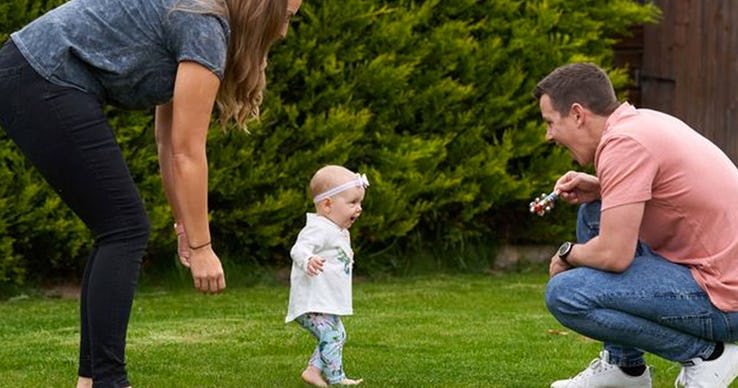
If your little one isn’t showing normal signs of mobility—rolling, shuffling, scooting along the floor—you should take them to your pediatrician. If your baby can’t complete any of these basic movements by the time they’re six or seven months old, consulting a physician is necessary.
With so many milestones coming so fast, it might feel difficult to keep up with your little one’s developments. But seeing your baby crawling around the house for the first time is a moment you definitely won’t forget!
Get Your Baby Moving!
Babies crawl differently and begin crawling at different ages. But, no matter how or when your baby does it, it will be an exciting time!
To get your baby moving, follow the twelve tips we mentioned in this post.
That includes providing your baby with engaging and consistent tummy time, limiting the amount of time that your baby spends in supportive devices, getting down on the floor with them, and giving your little one a baby massage to stimulate their muscles and increase body awareness.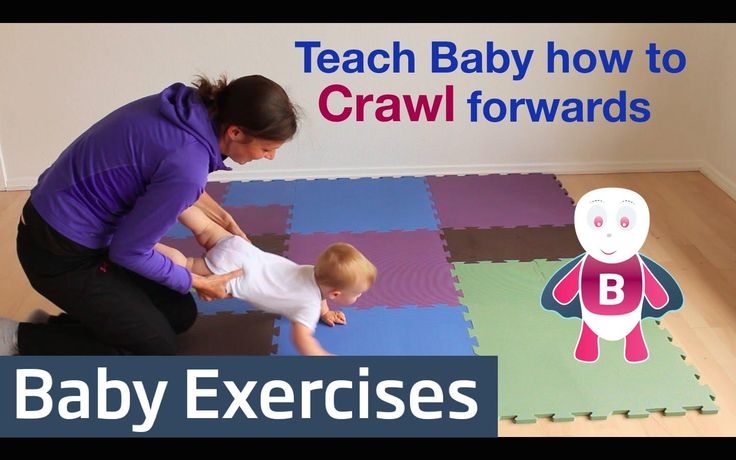
And remember: when you give your baby a massage, use Mustela’s Baby Oil to care for their skin and stimulate their senses at the same time.
With the tips we’ve provided here, your little bundle of joy will be well on their way to the wonderful baby achievement of crawling!
Teaching Baby to Crawl: Simple Steps
Medically reviewed by Karen Gill, M.D. — By Lisa C. Baker on July 31, 2016
If you’re like most new parents, you may stare at your newborn in amazement and eagerly await anticipated milestones, like laughing, sitting up, and crawling.
Right now, it might seem like your baby will never become mobile. But the truth is, they’ll be climbing the furniture and unlocking the baby gates before you know it.
Fortunately, you don’t need to teach your baby to crawl. This is a natural developmental milestone that happens when your baby is ready. Even so, there are a few things you can do to encourage your baby to get moving. And, of course, there are things you can look for to make sure your baby’s gross motor skills are on track.
Since babies have an innate desire to move around, helping them learn to crawl is less about teaching, and more about giving them opportunities to practice the skills they need. Here are five things you can do to help your baby learn to crawl.
1. Give your baby adequate tummy time
While babies should always sleep on their backs, it is good to give them some tummy time every day while they are awake. When your baby spends time lying on their belly, they practice raising their head off the ground, which strengthens their trunk and back and gets their limbs moving freely. Both of these activities help build the muscles they’ll need for crawling.
Some babies don’t enjoy tummy time, especially at first. If your little one screams or protests, try doing it only in short bursts and for just a few minutes at a time. You can also make floor playtime more fun by giving them a few minutes in different positions, including sides, back, and tummy. And finally, try a bonding tummy time by lying down on your back and putting baby on your tummy, so you can look at their face while they practice lifting their head.
2. Reduce the amount of time in walkers and bouncers
Babies who don’t spend a lot of time on the floor may take longer to develop the strength they need to crawl. Although baby swings, walkers, bouncers, and other baby seats are an excellent way to keep your baby safely confined, giving your baby floor time encourages exploring and movement.
3. Give your baby a little extra motivation
Babies already have an instinctive drive toward movement, but you can make it a little more exciting and motivating by giving them something to reach for.
Try putting their favorite toy on the ground during tummy time, but put the toy just out of reach. This will interest them and give them a goal to work for as they’re trying to move. Another trick is placing a mirror on the floor in front of your baby. As babies see their reflection in the mirror, this can motivate them to scoot, and then gradually crawl, to the object.
They’ll probably try some creative ways to get to the toy, like rolling and stretching.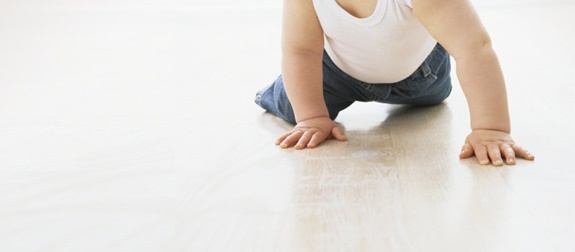 You may have a hard time not helping them, but if you can resist the temptation to move the toy a little closer, you might be surprised at how patient they can be as they work to solve the problem on their own.
You may have a hard time not helping them, but if you can resist the temptation to move the toy a little closer, you might be surprised at how patient they can be as they work to solve the problem on their own.
4. Provide a comfortable space for them to explore
Set up an area on your floor that has interesting toys and things they can safely explore. If you have an uncarpeted floor, you can help your baby start scooting across the floor a little sooner by dressing them in long sleeves and pants. Clothes on a smooth surface will help them move with less friction, which will make it a little easier for them to get started.
5. Get on the floor and crawl with your baby
Your baby may start to crawl sooner if you or an older sibling gets on the floor with them during tummy time. The truth is, even if a baby sees their favorite toy a few feet away, they may not know how to begin scooting or crawling. But if you show them what to do, they may imitate your movement and attempt to crawl toward the object.
Most motor skills are more complicated than they look, and crawling is no exception.
It might seem like moving around is a pretty basic activity for a baby, but in reality, your baby needs to develop two key abilities. A baby must first develop muscular strength to support themselves on their arms and legs. And second, they need to be able to coordinate the movement of their limbs to make movement happen.
Most babies don’t go straight from immobile to crawling on hands and knees. In fact, some babies never learn the “classic crawl” of alternating the right hand and left foot with the left hand and right foot while on their hands and knees.
Instead, many babies get creative with different types of movement. For example, your baby might start getting around with an “army crawl,” by lying on their belly and pulling themselves forward with their arms. They might also use their legs more than their arms, raising their body by straightening their legs and then propelling forward.
They might try sitting up and scooting forward on their bum, using their arms and legs to move forward. Or they might even skip crawling and go straight from rolling to sitting to walking.
For most babies, the skills needed for movement develop around the midway point of the first year of life. You’ll probably see your baby start to crawl between 6 and 10 months.
However, if your baby is bigger than average, it might take them a little longer to figure out how to move around. And if they’re especially focused on other skills, like fine motor skills or language development, this can delay their focus on crawling.
There’s a pretty wide window for when babies normally start to crawl, and what’s interesting is that some babies never crawl. Instead, they go from sitting up, to pulling up, to walking.
Chances are you don’t need to worry about your baby’s movement. However, if you notice that your baby is trying to move, but is only using one side of their body, speak with a doctor.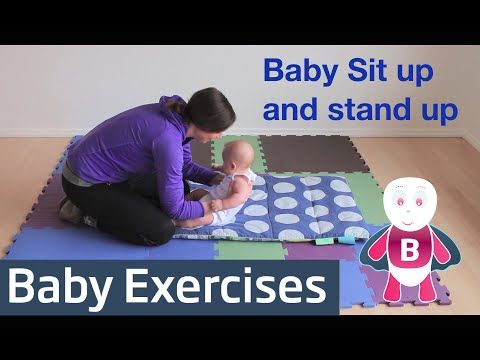 You should also speak with a doctor if you’re concerned that your baby isn’t progressing in their ability to move around. Your doctor can assess whether your baby’s development is normal and on track.
You should also speak with a doctor if you’re concerned that your baby isn’t progressing in their ability to move around. Your doctor can assess whether your baby’s development is normal and on track.
How to teach a child to crawl: effective methods from doctors
At what age does a child begin to crawl
Many parents are interested in: when does a child begin to crawl? Children make their very first attempts at the age of from 3 to 5 months , and by 8 months are already actively crawling on all fours.
In a conversation with Gazeta.Ru, Ksenia Batrak, pediatrician at the SM Clinic in St. Petersburg, spoke about how certain features of a child can “slow down” the development of crawling skills:
“If a baby weighs 2-3 kilograms more than normal, he will start crawling later than his thin peers. And all new movements will be more difficult for him. Also, without well-developed bones of the skeleton, muscles of the arms, legs, back and neck, it will not be possible to learn to crawl. Even minor violations of muscle tone can slow down the formation of a skill, so babies born prematurely usually “start” a little later. When crawling, a child also uses the nervous system. It controls the work of the vestibular apparatus and regulates the coordination of movements. Therefore, the better a child has developed psychomotor skills, the easier it is for him to acquire new motor skills” .
Even minor violations of muscle tone can slow down the formation of a skill, so babies born prematurely usually “start” a little later. When crawling, a child also uses the nervous system. It controls the work of the vestibular apparatus and regulates the coordination of movements. Therefore, the better a child has developed psychomotor skills, the easier it is for him to acquire new motor skills” .
The gender of the child also plays a role. According to statistics, girls learn to crawl a little earlier than boys. However, Dr. Batrak believes that this cannot be called a pattern and emphasizes that everything is individual here:
“It should be understood that each child is unique and learns new skills at his own pace. Therefore, “standard” here is a rather arbitrary concept. ”
How to know when a child is ready to crawl
There are several ways to crawl, each of which corresponds to a certain age of the child. So, at 3-5 months children try to move around in position lying on their stomach .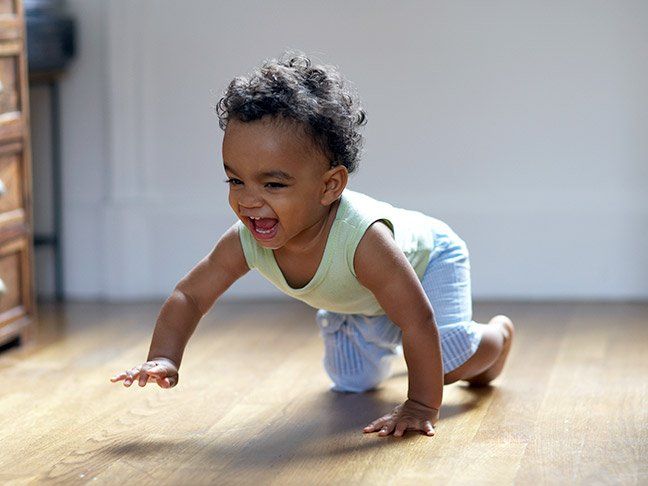
close
100%
Pediatrician of the SM Clinic in St. Petersburg Ksenia Batrak described how parents can determine that the baby will crawl soon: on the tummy. After that, he gradually begins to raise his upper body and stand up in a handstand. At the same time, the child can actively move his legs, as if trying to reach his mother or a bright toy. Not everyone can synchronize the movements of arms and legs on the move, so for some time the baby can involuntarily move backward, not forward.
Crawling
At the age of 5-6 months children move on to the next mode of movement - crawling bellows, and this is an important stage of physical development. When the baby begins to crawl in this way, his movements are already more coordinated: he bends his legs in turn and moves forward.
Olga Danilova, a pediatric neurologist at the SM-Clinic in St. Petersburg, explains why this period is really important:
“By crawling on the stomach, the child trains the back muscles – then this will help him get on all fours. You can give the baby a general strengthening massage - with an emphasis on the muscles of the back, arms and legs.
You can give the baby a general strengthening massage - with an emphasis on the muscles of the back, arms and legs.
Crawling on all fours
By 7-8 months of life, children are able to get on all fours. How to understand that very soon the baby will crawl based on his knees and outstretched arms?
close
100%
Pediatrician Ksenia Batrak recommends that parents pay attention to the following signals:
“As the muscles develop, the baby begins to use more and more movements. For example, swinging on all fours is a sign of stronger back muscles. And the transfer of weight to one hand (for example, when the other reaches for a bright toy) indicates the development of the lateral muscles of the body. This means that soon the child will learn to sit and fully crawl. It is also worth paying attention to the mobility of the legs. In order for a child to crawl on all fours, they must bend well.
Dr. Batrak also noted that the ability to sit is a new round in the development of the baby, not only for physical development, but also for psycho-emotional development.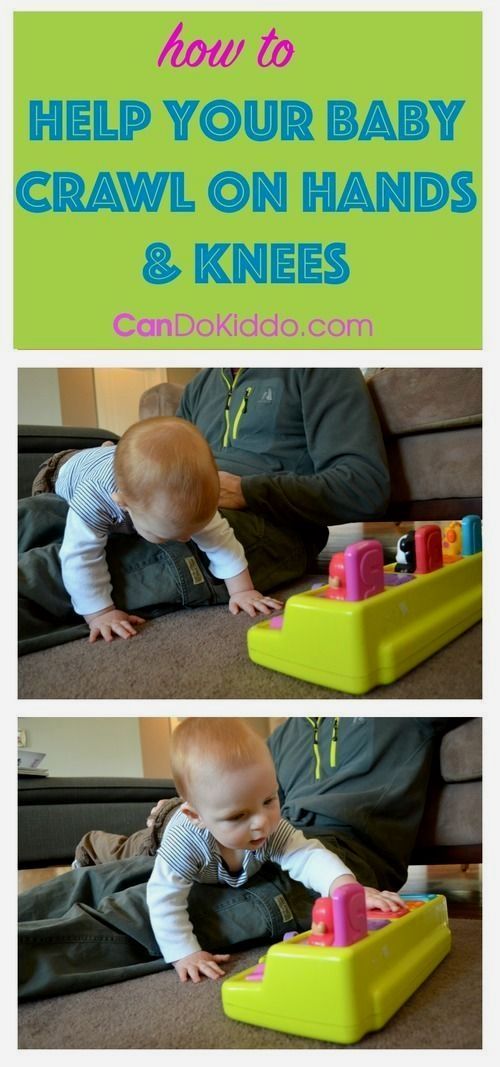 The baby strives to sit down not only because it is inherent in nature, but also because he wants to interact with the world around him. In this position, it is much more convenient for him to play and study objects around. From the point of view of physiology, the ability to sit is a signal of sufficient development of the muscles of the back, arms and legs. This means that the child is already ready for active crawling on all fours and will soon be able to be in an upright position, but still with support.
The baby strives to sit down not only because it is inherent in nature, but also because he wants to interact with the world around him. In this position, it is much more convenient for him to play and study objects around. From the point of view of physiology, the ability to sit is a signal of sufficient development of the muscles of the back, arms and legs. This means that the child is already ready for active crawling on all fours and will soon be able to be in an upright position, but still with support.
How to properly teach a child to get on all fours
It is not worth rushing a child to get on all fours, especially to the detriment of an important stage of crawling in a bellows manner. Otherwise, the child will not be fully prepared physically for further development.
However, if the crawling phase lasts more than a month, it is advisable for parents to help the baby get on all fours.
close
100%
Gazeta.Ru told how to do this Igor Novokrinitsky , specialist in early motor development of children, certified massage therapist with 30 years of experience, millionaire blogger, author of the early motor development course "Baby Fitness": sofa cushions, bolsters made of blankets, let him climb over them and at the same time train to bend his legs at the knees ".
And the ability to bend your knees well is necessary for such a skill as crawling on all fours.
It is important for parents to pay attention to the surface on which the baby is crawling. Igor Novokrinitsky does not advise mothers and fathers to train a child dressed in sliders on a laminate - this way there will be no good adhesion between the knees and the floor.
Parents should remember that by the age of six months, a physically developed child spends a total of 3 hours a day on the floor. The very fact of being on the floor is 50% success for future fours.
How can I help my child master the skill of crawling on all fours? An expert on early motor development of children advises to expose the child's tummy if possible:
“If there is carpet on the floor, its pile will begin to rub unpleasantly against the skin, so the baby will want to minimize contact with it and try to kneel and straighten his arms. On the carpet, the knees can also be in panties.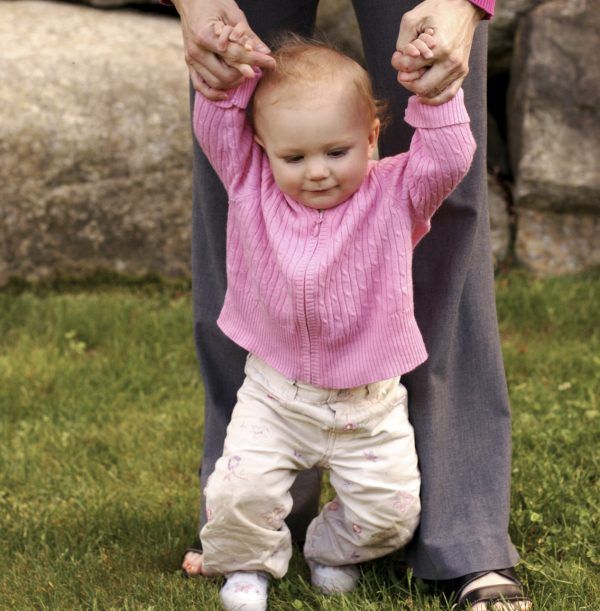
The same effect will be with the laminate - the bare stomach does not slip, which means that the baby will have to get on all fours to move.
close
100%
Interesting objects and colorful toys will help develop this skill. Igor Novokrinitsky advises offering the child a goal to which he will crawl - something very alluring, often a TV remote control.
The expert also offers an exercise that will help children practice their motor skills and teach them to get on all fours correctly: “Fill a 1.5 liter plastic bottle with water, place it crosswise under the baby’s chest and stomach (about the middle of ). When he leans on his knees and palms, rock him back and forth so that the child feels the load of weight on his limbs. You can also put the baby across your outstretched leg.
What needs to be done to make a child crawl
How to teach a child to crawl if he is "late" with this skill?
By the age of 4 months, babies already know how to grasp objects, and this skill will be useful in the formation of the next one - crawling.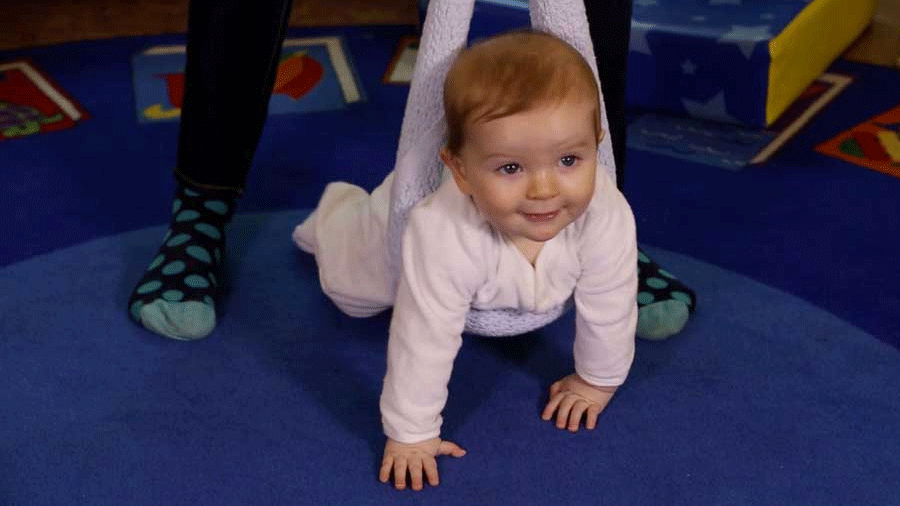 To develop this skill, lay the child face down in a crib or playpen (the surface must be hard) and place bright toys nearby. Having become interested in objects, the baby will attempt to reach them with his hand - this will accelerate physical development.
To develop this skill, lay the child face down in a crib or playpen (the surface must be hard) and place bright toys nearby. Having become interested in objects, the baby will attempt to reach them with his hand - this will accelerate physical development.
Children's neurologist at the SM-Clinic in St. Petersburg Olga Danilova shared with Gazeta.Ru special exercises that should help the baby start crawling. For example, there is an exercise that is performed in the supine position. It is necessary to move the baby's legs in turn in opposite directions, as if urging him to roll over on his stomach. Or alternately bend and unbend the legs at the knees.
close
100%
Neurologist Danilova also described an effective exercise to help a child train their hands:
“You can put a small soft roller under the baby's belly, and then take the baby by the legs and sort of “roll” it over the roller. This exercise must be performed on the floor so that the baby has a solid support under the arms. When the roller is successfully mastered, you can start "walking on your hands." After making sure that the baby stands steadily on the handles, gently take him by the legs and lift him up slightly. Here the main task is to teach the child to touch with his hands both forward and backward. Such exercises can be performed daily for 15 to 20 minutes.
When the roller is successfully mastered, you can start "walking on your hands." After making sure that the baby stands steadily on the handles, gently take him by the legs and lift him up slightly. Here the main task is to teach the child to touch with his hands both forward and backward. Such exercises can be performed daily for 15 to 20 minutes.
And to help the baby work out the sequence of movements, he can be pulled by outstretched arms (the right hand to the left leg, and the left hand to the right). This exercise is also aimed at another important stage - the development of sitting skills.
What to do if the child has not started to crawl
Crawling is an important stage in the physical development of the child, and if parents are attentive and the baby is under regular supervision of a pediatrician, all serious problems will be noticed in time.
Pediatrician Ksenia Batrak explains how to understand that you need to see a doctor urgently:
“If by 3-4 months the baby has not learned to lean on the handles while lying on his stomach, or cannot stay in this position for a long time - this is a reason to seek advice from a neurologist.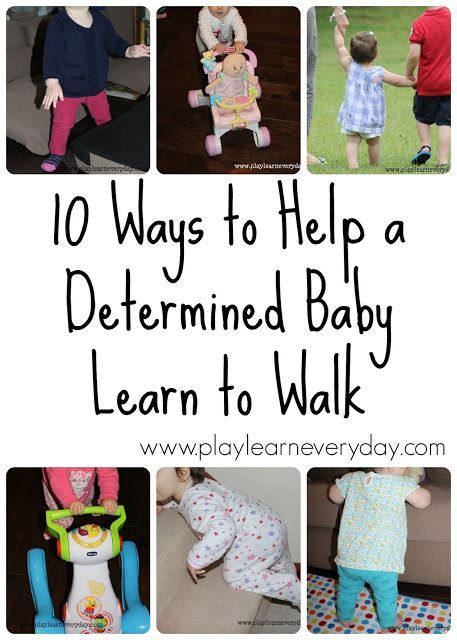 An equally alarming signal is the complete refusal to roll over, when the child prefers to lie on his back all the time.
An equally alarming signal is the complete refusal to roll over, when the child prefers to lie on his back all the time.
effective tips and exercises for babies
How to teach a child to crawl on all fours? At what age do most babies crawl? What if the child has never crawled in his 6-7 months? How to help a child? What exercises will surely help motivate the baby to crawl, and also help strengthen his arms and legs so that it is easy to move around on all fours? A whole bunch of questions worries parents. In this article, we explain at what age babies are already crawling, at what point and how mom and dad should get involved to help the baby learn an important new skill.
Every child, of course, needs the daily care and support of parents during this difficult period. But it is important for adults to understand that exercises and helpful tips will help if their goal is support, and not a desire to speed up the process of growing up a baby.
Why is it important to crawl?
Not all children necessarily go through this stage during the first months of life.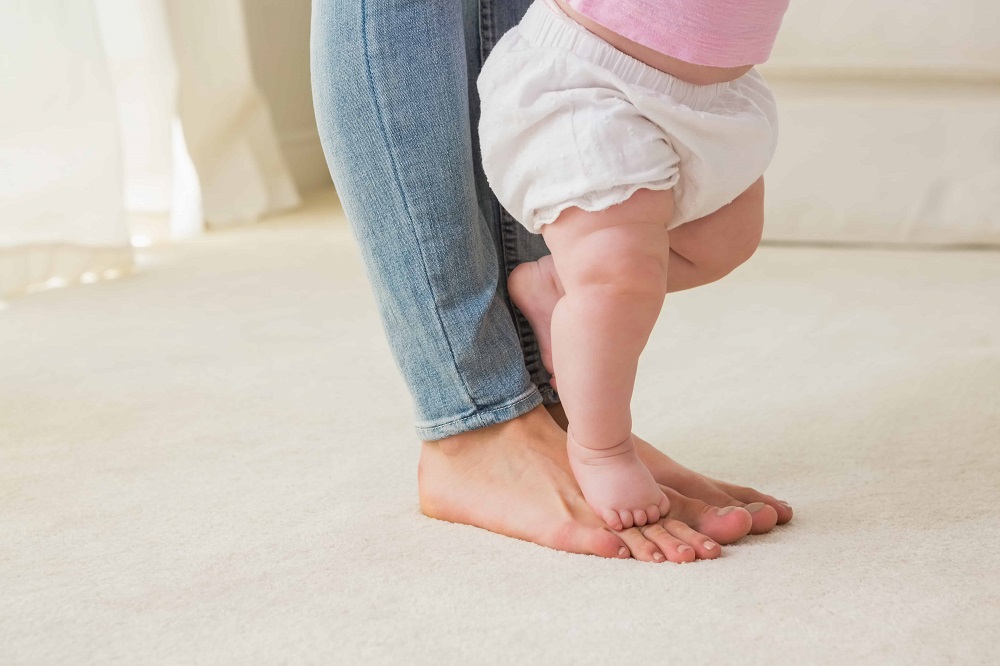 Many are ahead of the curve, immediately trying to get up and take the first steps. But the time spent in infancy on all fours is significant for the harmonious development of the human back. Therefore, pediatricians advise teaching children this skill and supporting its development in every possible way. Often, it is the parents who seek to quickly jump over this stage - taking care of the child, they buy devices at 5-6 months old that help to move straight (jumpers, walkers, etc.). Or they even try to teach him to walk on two legs at once, leading by the handle.
Many are ahead of the curve, immediately trying to get up and take the first steps. But the time spent in infancy on all fours is significant for the harmonious development of the human back. Therefore, pediatricians advise teaching children this skill and supporting its development in every possible way. Often, it is the parents who seek to quickly jump over this stage - taking care of the child, they buy devices at 5-6 months old that help to move straight (jumpers, walkers, etc.). Or they even try to teach him to walk on two legs at once, leading by the handle.
Experts give a whole range of reasons that explain why crawling is extremely useful:
- when a child crawls, he strengthens the muscular system of the body;
- moving on all fours, the child forms the correct posture, trains the spine;
- this method of movement in the first months of life helps to develop balance, strengthen the vestibular apparatus;
- walking on all fours coordinates the work of the lower and upper parts of the body;
- it is at the moment when the baby begins to crawl that the idea of his own body is formed;
- crawling baby helps the brain establish a message between different hemispheres: the better the right and left hemispheres interact, the lower the risk that in the future the child will encounter difficulties in reading and writing;
- crawling on all fours, the baby learns to focus his eyes, navigate in space and explore the world around.

At what age do babies start crawling on all fours?
Babies usually start walking on all fours between 5 and 10 months of age. Most often, a new skill is mastered after the baby has learned to sit. It is from this position that it is easiest to get on all fours. But not everything is so clear. As we said earlier, one child crawls already at 5 months and at 7-8 months is already moving around the apartment with might and main. The other does not try to get on all fours at all. There is an observation that girls are ahead of boys in mastering the skill.
Experts identify 5 ways or stages of crawling:
- Jumping - when the baby gets on all fours and sways back and forth, after which he makes a jump. Children who choose this method of movement need to be doubly vigilant, it is not always safe.
- In plastunsky — the child crawls forward on his tummy, resting on the floor alternately with his elbow and then with his knee.

- Reverse - when the opposite is true, and the baby does not move forward, but backward.
- Rolling - instead of taking a step, the baby simply rolls from side to side.
- On all fours - for some, this stage becomes the final one in the chain, but many kids, as we answered right away, start with it.
If your child has already reached the age of 7 months, but is not yet crawling, it is worth helping him and teaching the child to move on all fours. It is necessary to create comfortable conditions and master several complexes for the development of physical skills together with the child.
How to teach your baby to crawl - general principles
Child development specialist, Dr. Komarovsky, advises parents not to force things, but to calmly do everything in their power: monitor how the child feels, give massages (including independent ones at home), give a lot of hugs so that he feels yourself valued and loved. It is useful to add simple physical exercises to the daily routine, which we will discuss later. After you have taken all the necessary steps on your part, you can calm down and take the position of an observer.
It is useful to add simple physical exercises to the daily routine, which we will discuss later. After you have taken all the necessary steps on your part, you can calm down and take the position of an observer.
First of all, you need to be patient. What seems to be a fairly simple action for adults, for kids is a whole event. In order for a small child to lift the body at least a little from the familiar surface, a large amount of strength and certain skills are required - it is not so easy to overcome the force of gravity.
Do not spare your smiles and encouragement, especially when you set yourself the task of teaching a child to crawl on his knees. It is important for a child to hear praise in order to continue the learning process. Notice even the smallest victories, tell the kid how proud you are of him and how good he is, that he is learning new movements, clap your hands and rejoice if you managed to master a new skill.
Do not think that you can teach your baby to move on all fours in a day.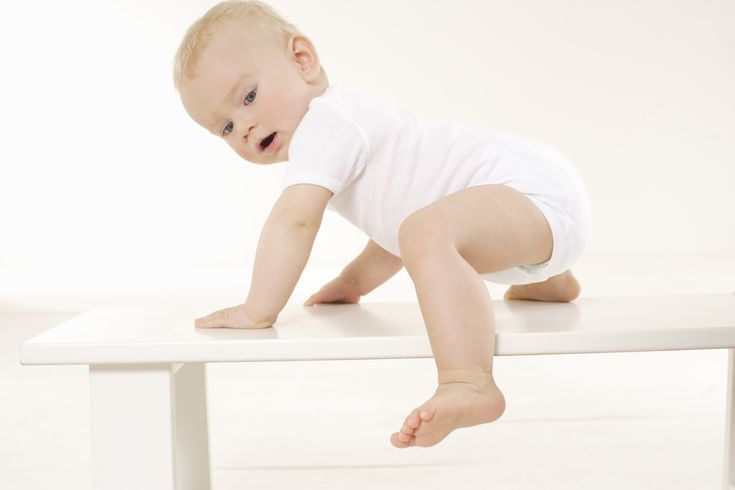 Train with your child every day, gradually add new exercises. It will be great if you introduce elements of the game into the learning process, so the baby will be more interesting, he will study with great pleasure. So, the result will not be long in coming.
Train with your child every day, gradually add new exercises. It will be great if you introduce elements of the game into the learning process, so the baby will be more interesting, he will study with great pleasure. So, the result will not be long in coming.
Preparatory
From 3 months, parents can lay the baby on the floor so that he gets used to a flat and wide surface. The constant presence in the crib or playpen limits the free space available to the child, does not motivate him to explore the world around him.
It is important to take care of safety and comfort: make sure that there are no drafts in the room, lay a special rug or blanket. Other points worth considering:
- Make sure that the room is free of hazards that a child can reach (sharp knives, hot surfaces, breakable objects) and sockets are high enough.
- Keep the area around the child clean. He will certainly want to taste everything that is inadvertently in his reach.
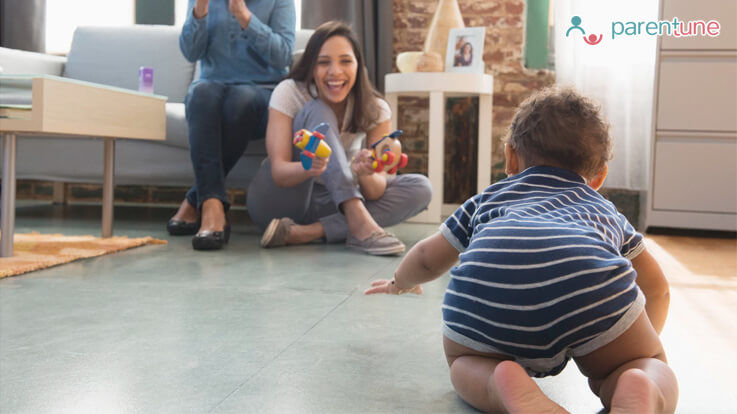
- Consider what your baby will be wearing before letting your baby crawl. Clothing should be suitable for the temperature in the room, be comfortable and not hinder movement.
- You can lay out the toys your baby loves the most. And then, by your own example, show how easy it is to achieve the desired goal. But do not set an impossible task for the child: no need, put a toy in the farthest corner of the corridor. So the desired object will become inaccessible, the child will become capricious and refuse to interact with you at all. It is much more effective to gradually remove the object - so the child will play and crawl with pleasure.
- Try to stay in sight at all times, especially at first. The child will understand that the mother is nearby, which means that no danger threatens him.
In order to learn how to crawl properly, a child must “train” strong enough arms and legs to lean on them. Today we will share most popular exercises that will help teach your baby to crawl.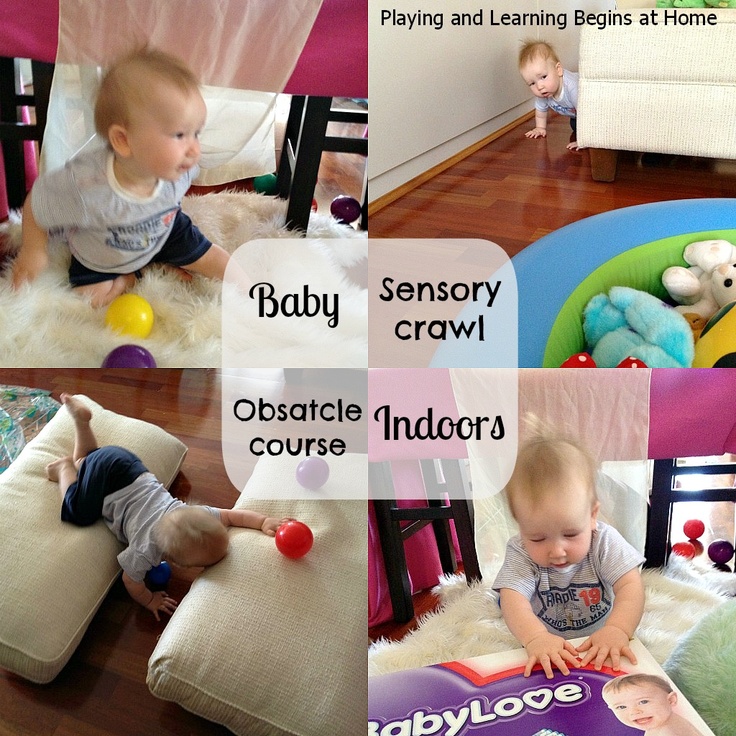
Arm training
- Place the baby on the tummy and place the toy at a slight height from the baby. An interested child will begin to reach for her, and for this he will need to gradually stand on his hands. This exercise is good in that it not only makes the baby's muscles strong, but also develops his skill of variable support on one or the other hand.
- When the child is lying on his stomach on a hard surface, gently help him to rise and rest on his hands. This will gradually strengthen them and help your baby learn how to lift his body and evenly distribute the weight.
- After the baby has developed the strength of the hands, has learned to rest them against the support, you can proceed to the next stage. Place a toy your baby loves on the other side of the room. Gently grab it under the chest and legs, and at this time the child will rise on outstretched arms. Invite him to get to the toy in this position, encourage him with words, slightly push the baby in the right direction.

Leg Workout
- An effective exercise that can help strengthen the legs and teach the child to crawl on all fours is the Frog. To do this, you need to put the baby on the tummy. The surface must be sufficiently firm and even. Gently grasp the child's shins, begin to bend them at the knees, and then carefully return to their original position. Do these movements 5-7 times, and then hold the legs in a bent position. To unbend them, the child will start to push off: at first slightly, and then more and more strongly.
- The child then needs to roll over onto their back. Support your legs with your hands, not allowing them to bend. Gently and slowly lift them up to a 90 degree angle. And then just as slowly return to the starting position. Repeat 4-5 times.
Exercises to help your baby learn to crawl
When you understand that the muscles of the arms and legs of the baby are prepared, you can proceed to the next step.
One of the most common assistive devices that can help in the learning process is a small fitball, which, if necessary, can be replaced with a regular blanket roller. Gently lay the baby on the selected support with the stomach down so that the arms and legs hang down at the sides. Start slowly rocking the baby so that he learns to smoothly shift the weight from his arms to his legs.
Gently lay the baby on the selected support with the stomach down so that the arms and legs hang down at the sides. Start slowly rocking the baby so that he learns to smoothly shift the weight from his arms to his legs.
After that, you can help the baby make his first independent movements. Use a towel, blanket, book, or small box. Place them under the child's arms, begin to slowly pull this structure towards you. To maintain support, the baby will have to make repulsive movements of the legs and move after you. At the same time, keep a low speed, smile at the baby, cheer him up with your comments.
Another fun exercise is common among parents. It requires a child and two adults, all on all fours. One of the adults moves the baby's left hand forward, and the second - the right leg, then the same manipulations are performed with opposite limbs. As a result, the child remembers the principle of alternating movement and develops coordination.
After the baby has mastered the basic skills, you can show by example what exactly you expect from him. Get down on all fours next to him, crawl a few meters. At the same time, it is useful to comment aloud each of your actions and invite the child to join this fun “game”. For motivation, you can put your favorite toy on the other side of the room.
Get down on all fours next to him, crawl a few meters. At the same time, it is useful to comment aloud each of your actions and invite the child to join this fun “game”. For motivation, you can put your favorite toy on the other side of the room.
Another great option to encourage your baby to crawl is to invite friends to visit with a child who has already mastered this skill. Children love to imitate the movements of their elders. It is possible that in a short time you will see babies crawling together.
In a situation where one child meets another, there is another trick that Dr. Komarovsky talks about. When a little one a few months older starts to play with your child, who is just being taught to move on all fours, and takes all the toys, the younger one turns on a sense of ownership. This strongest motivator pushes him to move and crawl more actively - he cannot allow another child to master all the rattles. Such a reaction may not manifest itself at the first and even the second visit of friends, but it will definitely push the baby to become crawling.
Some children scare their parents by only crawling backwards. Experts say that for the first time this is considered absolutely normal and even has its advantages:
- when a child moves in this way, he develops his vestibular apparatus, in the future it will serve him well;
- when a child crawls backwards, standing on all fours, his spine and muscles experience less stress. This means that they develop in a safer mode.
It is important to understand that over time, the baby must learn to move forward. If this does not happen within one to two months, we advise you to consult a pediatric specialist. He will examine the child and, most likely, prescribe special gymnastics and massage.
If the baby has learned to crawl, but still feels not quite confident, invite him to play catch-up. In pursuit of you, he will not notice how the movements become more clear and coordinated.
Do not be alarmed if you notice irritation or redness on the knees or the outer side of the lower leg, at first these areas experience physical activity.